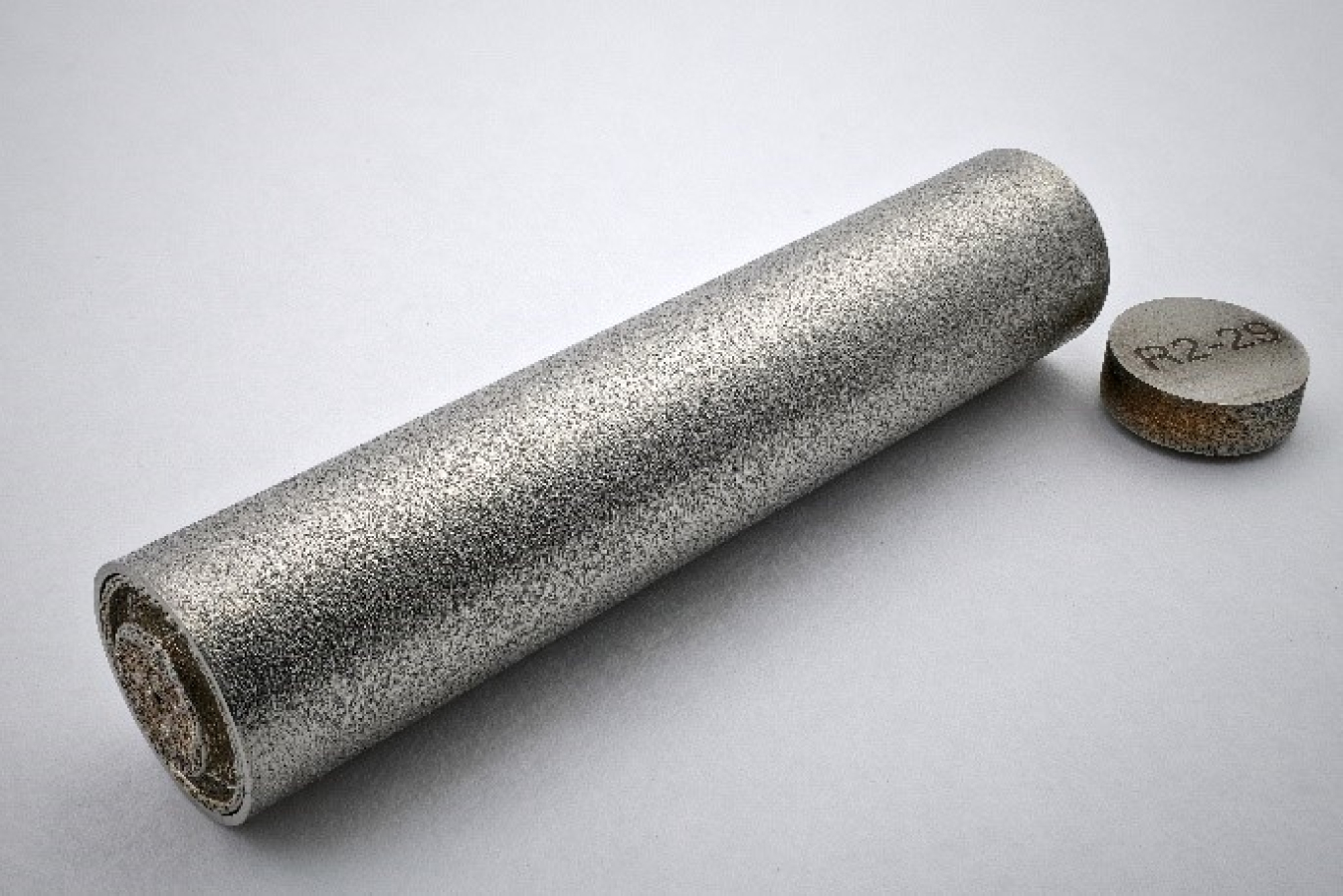ORNL designed, printed, and successfully tested a specimen capsule for use in its High Flux Isotope Reactor.
January 15, 2025Oak Ridge National Laboratory (ORNL) designed, printed, and successfully tested a specimen capsule for use in its High Flux Isotope Reactor (HFIR).
The achievement is a first for additive manufacturing which can be used to create, customize, and qualify complex shapes more quickly and at a lower cost than traditional fabrication methods.
3-D Printed Rabbit Capsules
Specimen capsules, commonly referred to as rabbit capsules, are used in nuclear fuels and materials research to hold experiments undergoing irradiation in a test reactor.
To demonstrate that additive manufacturing could produce and qualify a rabbit capsule for use in a reactor, ORNL used a laser powder bed printer to print a stainless-steel capsule that was then assembled, loaded, and sealed.
The capsule was later inserted into HFIR for nearly a month, where it successfully weathered the effects of the reactor’s high neutron flux environment.
“This is a significant step toward demonstrating that additive manufacturing can be used to develop and qualify specialized components that cannot be conventionally machined,” said Richard Howard, group lead for irradiation engineering at ORNL.
“As we demonstrate the reliability of these printed components, we’re looking at a future where additive manufacturing might become standard practice in producing other critical reactor parts,” said Manufacturing Demonstration Facility Director Ryan Dehoff.
What’s Next?
ORNL will conduct post-irradiation evaluation of the additively manufactured rabbit capsule this winter.
The successful testing of the capsule is anticipated to help pave the way for the use of other additively manufactured components in safety critical applications both within the nuclear energy community and other highly regulated industries that have stringent material composition, design, and qualification standards.
The research team that created the 3-D printed rabbit capsule plans to utilize the geometric flexibility that additive manufacturing enables to create more complex designs with unique features that are difficult to fabricate conventionally.
Work was supported by the U.S. Department of Energy’s Advanced Materials and Manufacturing Technologies program, which aims accelerate commercialization of new materials and manufacturing technologies through demonstration and deployment.



